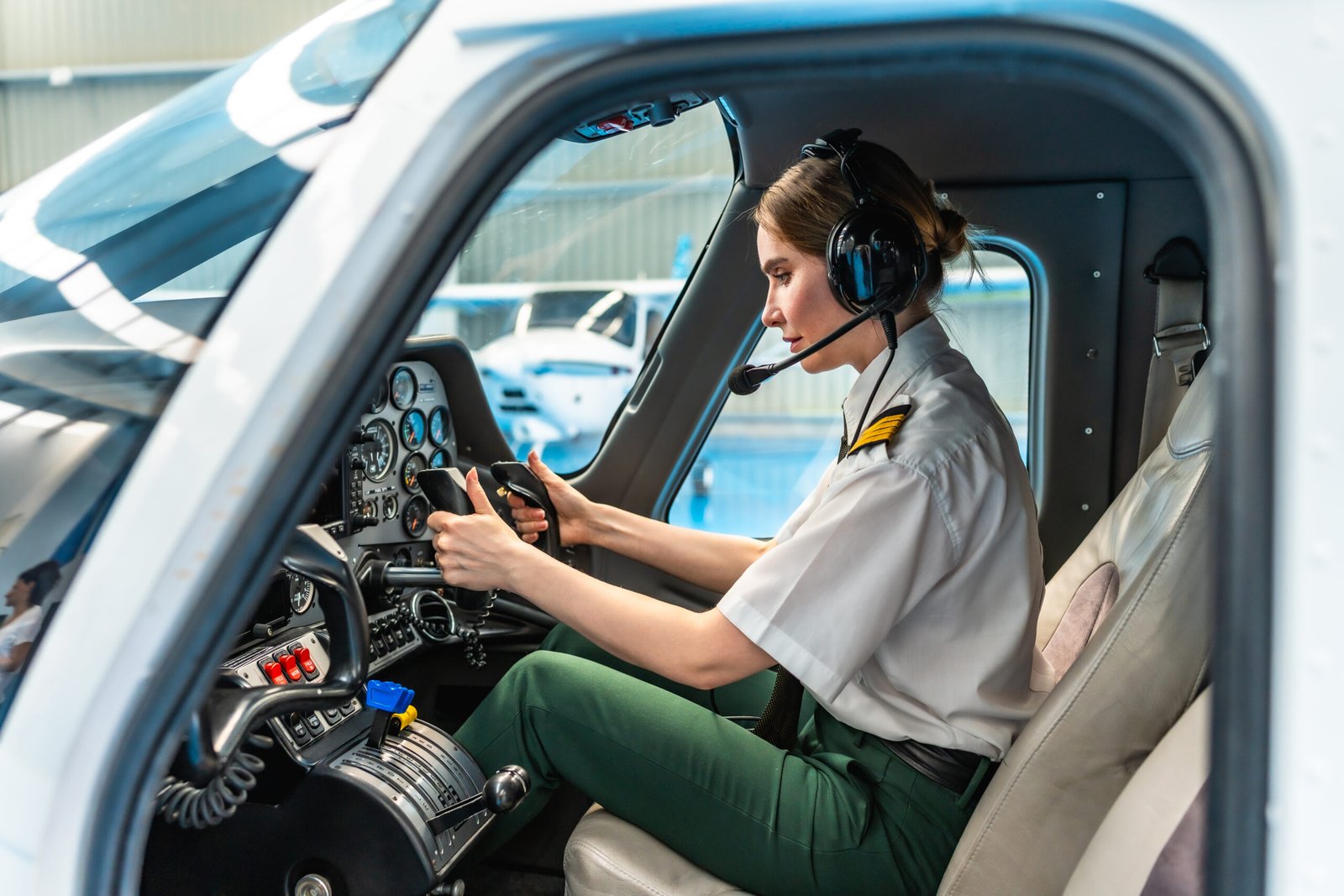pilot training
Career as a PILOT

A pilot’s career is very rewarding and satisfying. It is a highly paid job considering the short course duration. A well-balanced brilliant pilot can start earning at the very early age of 19. His salary will be 5 times of his peers, if at all the peers start working at that age.
Career growth is achieved at a faster rate as the experience is calculated in flying hours and not in the years of service.

